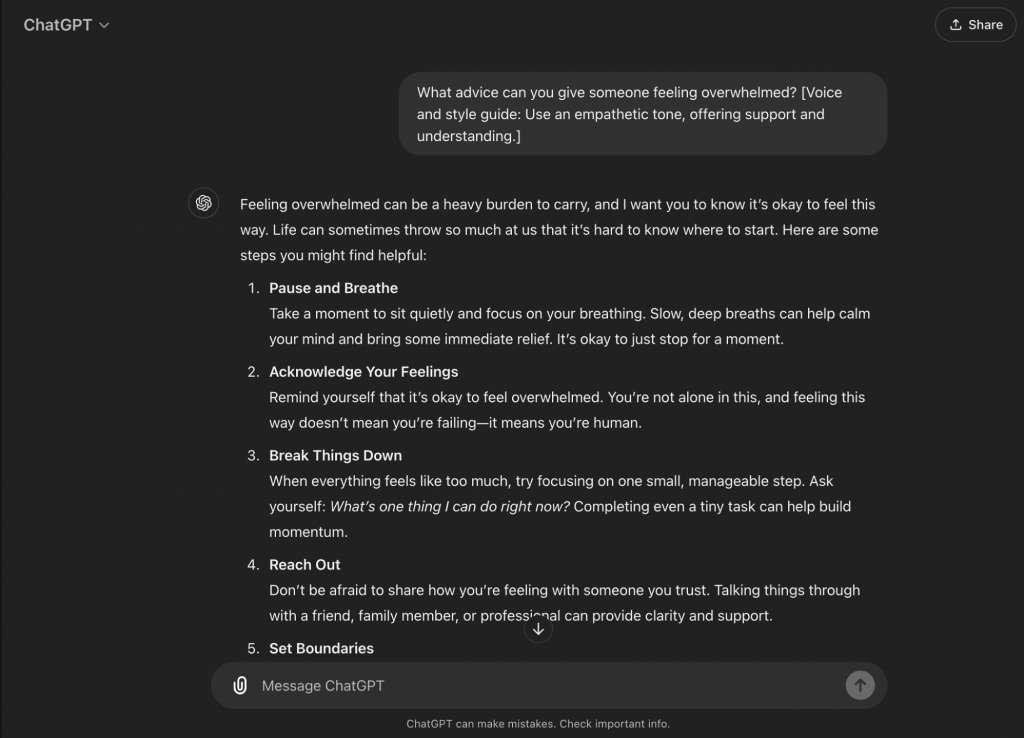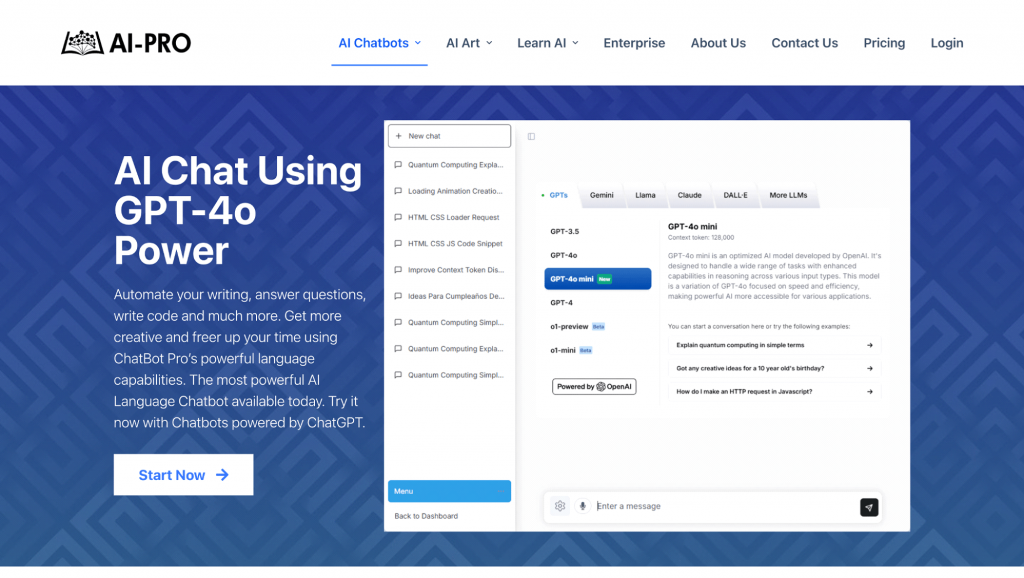In the rapidly evolving landscape of artificial intelligence, the way we communicate with AI tools like ChatGPT is paramount to achieving meaningful and relevant interactions. One of the most critical factors influencing the effectiveness of these exchanges is the writing style employed in crafting prompts. The best writing style for ChatGPT prompts can significantly enhance the quality of responses, ensuring that the AI not only understands your request but also delivers information that meets your expectations.

Whether you’re seeking casual conversation, technical insights, or creative storytelling, the style you choose can shape the outcome of your interaction. By understanding and utilizing various writing styles, you can unlock the full potential of ChatGPT, transforming it from a simple tool into a powerful collaborator. In this article, we will explore different writing styles suitable for ChatGPT prompts and provide practical tips to help you refine your approach.
Join us as we delve into the nuances of effective prompt crafting, enabling you to engage with AI in a more impactful way.
The Importance of Writing Styles
To communicate effectively with AI models like ChatGPT, it’s crucial to grasp the concept of writing style. This encompasses the choices you make regarding language, tone, structure, and voice, all of which influence how your message is perceived. In the context of ChatGPT prompts, writing style refers to how you frame your requests, including your choice of vocabulary, sentence complexity, and overall tone. A well-defined writing style not only enhances clarity but also sets expectations for the type of response you want from the AI.
The style you choose can significantly affect the quality and relevance of ChatGPT’s responses. For instance, a casual prompt may elicit a friendly reply, while a formal prompt might result in a more structured response. Understanding this dynamic allows you to tailor your prompts to achieve specific outcomes. Different styles also engage users in varying ways; a conversational tone encourages interactive dialogue, whereas a technical style yields precise information.
By mastering these writing styles, you can enhance your interactions with ChatGPT, making them more productive and enjoyable. As we explore specific writing styles in the following sections, consider how each can be strategically applied to meet your communication goals.
10 Writing Styles for ChatGPT Prompts
When crafting effective prompts for ChatGPT, selecting the right writing style is essential to obtaining the desired response. Below are ten key writing styles along with sample prompts that demonstrate their effectiveness.
Direct Response Style
This style focuses on getting straight to the point, eliminating unnecessary introductions or conclusions. It’s particularly useful when you need concise information quickly.
Sample Prompt: “What are the health benefits of drinking green tea? [Return just the main response. Take out the pre-text and the post-text.]”

Simplified Language Style
If you want to ensure that complex topics are easily understood, this style emphasizes clarity and simplicity, making it suitable for a broad audience.
Sample Prompt: “Explain photosynthesis in simple terms. [Guide to voice and style: Write at a 5th-grade level. Use clear and simple language, even when explaining complex matters.]”
Conversational Style
This style mimics everyday dialogue, making interactions feel more natural and engaging. It’s great for informal settings or when you want to create a friendly tone.
Sample Prompt: “Can you tell me about the voting process in the United States? [Voice and style guide: Write in a casual, friendly way, as if you were telling a friend about something.]”
Technical Style
For inquiries that require precision and detail, this style uses specific terminology and structured explanations, making it ideal for professional or academic contexts.
Sample Prompt: “Describe the process of cellular respiration in detail. [Use technical language appropriate for biology students.]”
Creative Storytelling Style
This approach invites imaginative responses, perfect for generating narratives or engaging content that captivates readers.
Sample Prompt: “Write a short story about a time traveler who visits ancient Rome. [Voice and style guide: Use vivid descriptions and an engaging narrative tone.]”
Empathetic Style
This style conveys sensitivity and understanding, making it suitable for discussions around personal issues or mental health topics
Sample Prompt: “What advice can you give someone feeling overwhelmed? [Voice and style guide: Use an empathetic tone, offering support and understanding.]”

Persuasive Style
When you want to convince or motivate your audience, this style employs rhetorical questions and compelling arguments to engage readers effectively.
Sample Prompt: “Why should people consider adopting a plant-based diet? [Voice and style guide: Use persuasive language with strong arguments and relatable examples.]”
Humorous Style
This playful approach incorporates wit and humor, making interactions light-hearted and entertaining. It’s great for topics where levity can enhance engagement.
Sample Prompt: “Tell me why procrastination is bad but make it funny! [Use humor and witty remarks to convey the message.]”
Inspirational Style
This style aims to uplift and motivate readers through positive language and encouraging messages. It’s perfect for self-help topics or motivational content.
Sample Prompt: “What are some tips for staying positive during tough times? [Voice and style guide: Use inspirational language that encourages hope and resilience.]”
Analytical Style
This approach focuses on breaking down complex ideas into manageable parts, making it suitable for critical analysis or detailed examinations of subjects.
Sample Prompt: “Analyze the impact of social media on modern communication practices. [Use analytical language to dissect various aspects of the topic.]”
By experimenting with these diverse writing styles in your ChatGPT prompts, you can tailor responses to better fit your needs and enhance the overall quality of your interactions with the AI.
Elevate Your ChatGPT Interactions with These Writing Styles!
Mastering different writing styles for ChatGPT prompts is key to generating accurate, engaging, and relevant AI responses. By tailoring your prompts to align with your specific objectives, you can greatly enhance the quality of your interactions with AI. Effective prompt crafting not only improves efficiency but also enriches the overall experience, making it more effective and rewarding.

Now is the time to put these techniques into action. Experiment with the styles shared in this guide using AI-Pro’s ChatBot Pro. Its advanced features and intuitive interface empower you to explore countless applications, making it a valuable ally for both personal and professional projects. Start today and unlock the full potential of AI-driven communication!




